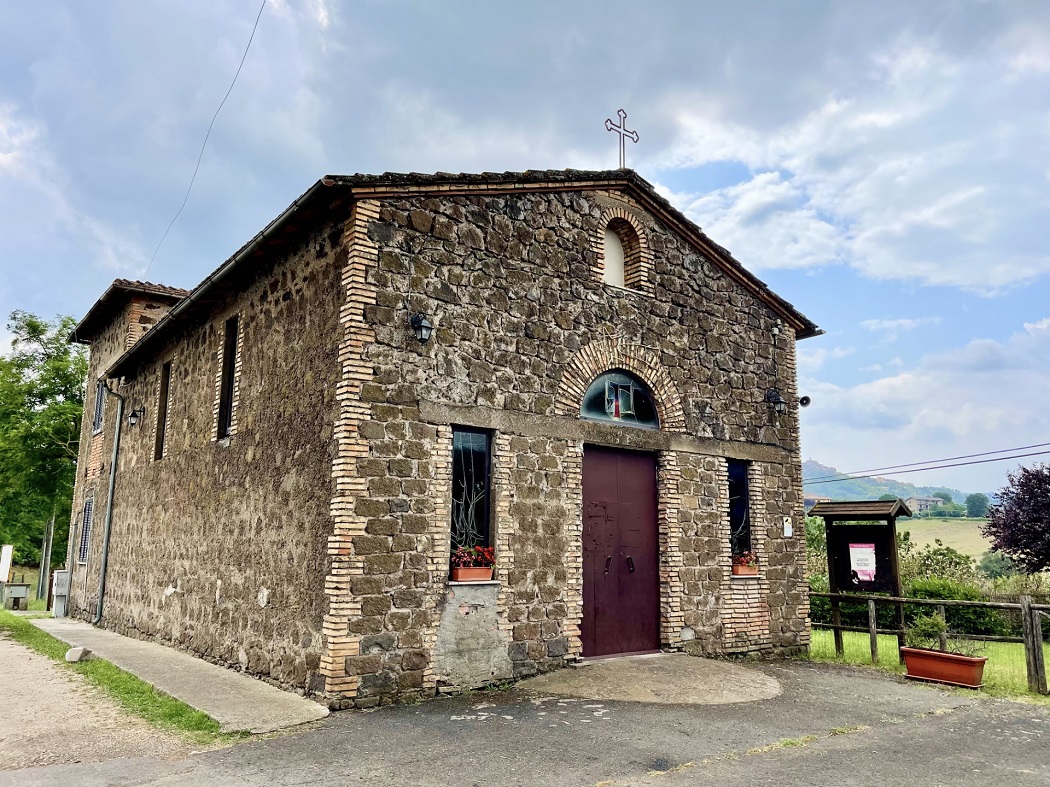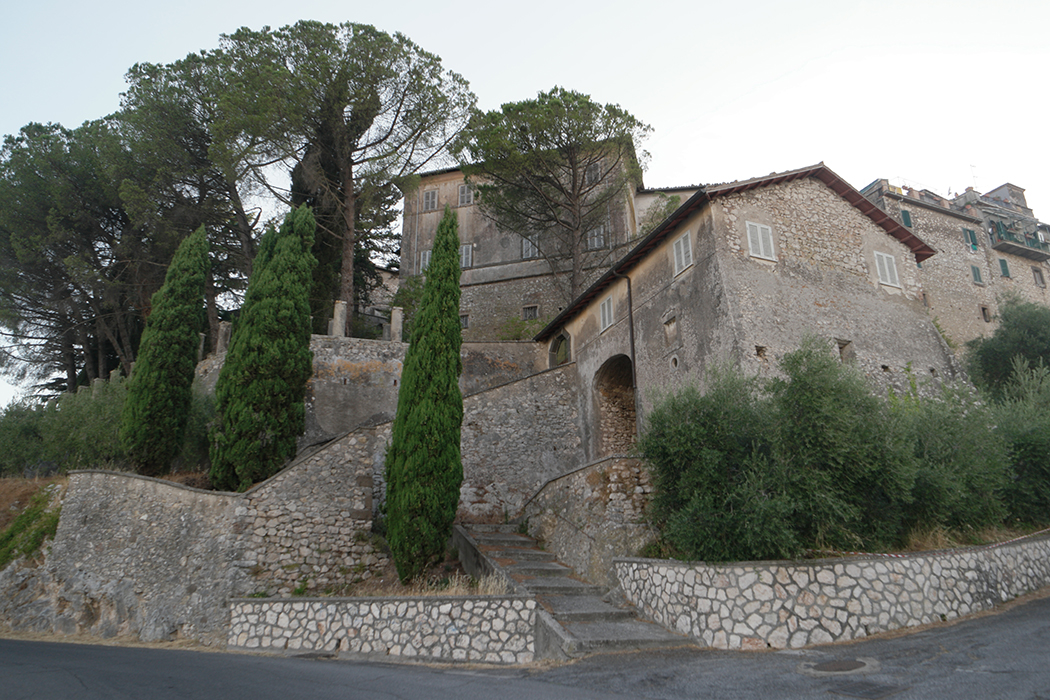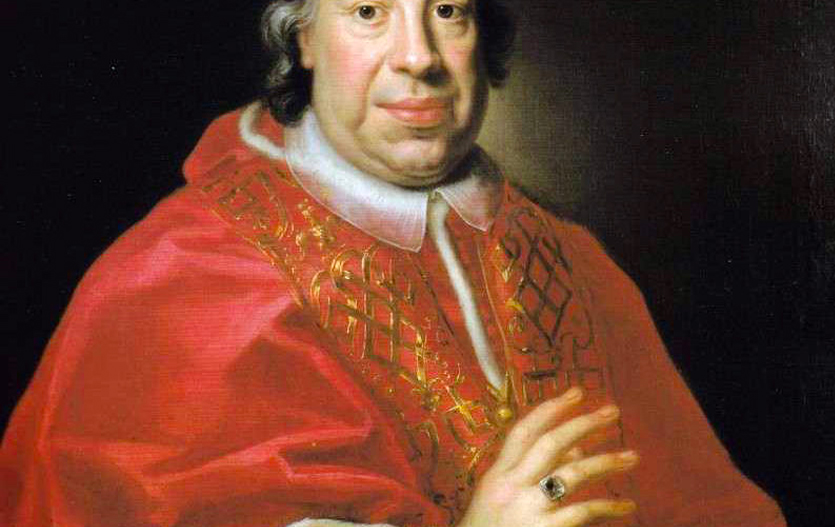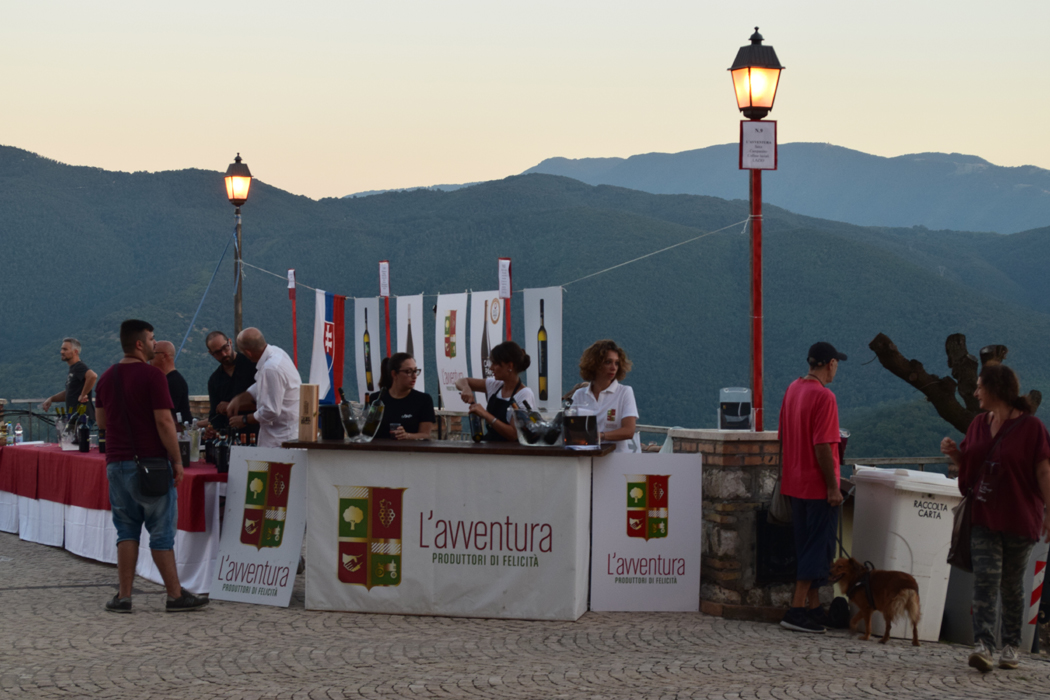

Gavignano is located on a small hill in the Valley of Sacco, and in ancient times was 'Middle-earth': on one side the Ernici mountains with the Ernici population and on the other side the Lepine Mountains with the population of the Volsci.
With the arrival of the Romans around the fourth century BC, the area is Gavignano was chosen for the settlement of villas. There are several hypotheses about the origin of the name Gavignano: Gabinius, a brave Roman soldier, a citizen of ancient Gabi, a Roman colony near Palestrina or Aulus Gabinius, a Roman senator belonging to the 'Gens Gabinia'.
In the first century BC Julius Caesar had a villa here in the area called "Ruscigli" which probably comes from "Rus Juli" or Villa Cesare. The villa was destroyed during an incursion by the Vandals in 455 AD but still architraves, capitals, walls in 'opus reticulatum' and mosaics are visible.
Even Pompey the Great had property in the area called Villa Magna. The residence of Senator Aulus Gabinius, however, was at Villa Gabinia, now known as Fonte Meo.
Gavignano officially appears for the first time in 1161 in a papal bull of Alexander III as a centre dependent on the Abbey of Saints Vincenzo and Anastasio of Aqua Salvias (Three Fountains), and the first feudal lords arrived: the Conti family.
The castrum began its transformation into a castle.
In 1160 Pope Innocent III of the family Conti, who was born in Gavignano, was elected. He is an important pope who had to cope with the English barons who had drafted the Magna Charta and St. Francis preaching for a church closer to the people.
In the struggle between the papacy and the empire Gavignano was destroyed several times: in 1313 and in 1495. The Gavignano castle was rebuilt by Cardinal Francesco Conti at the beginning of 1500. But in 1557, Gavignano was again sacked, this time by the Colonna family, allied with the Spaniards in the fight against the Pope.
In 1597 the feudal lords changed and the Aldobrandini family arrived granting the Community power of self-management. And in 1700’s there was a period of great splendour with many works such as a new church, with organ and pulpit, and a bell tower with a new clock.
With the arrival of Napoleon, the region of Lazio became part of the French Empire and they greatly increased the weight of taxes. It was returned under the Papal States in 1826. Gavignano become a free Commune in 1870 which then entered the new Italian State.






















Follow us